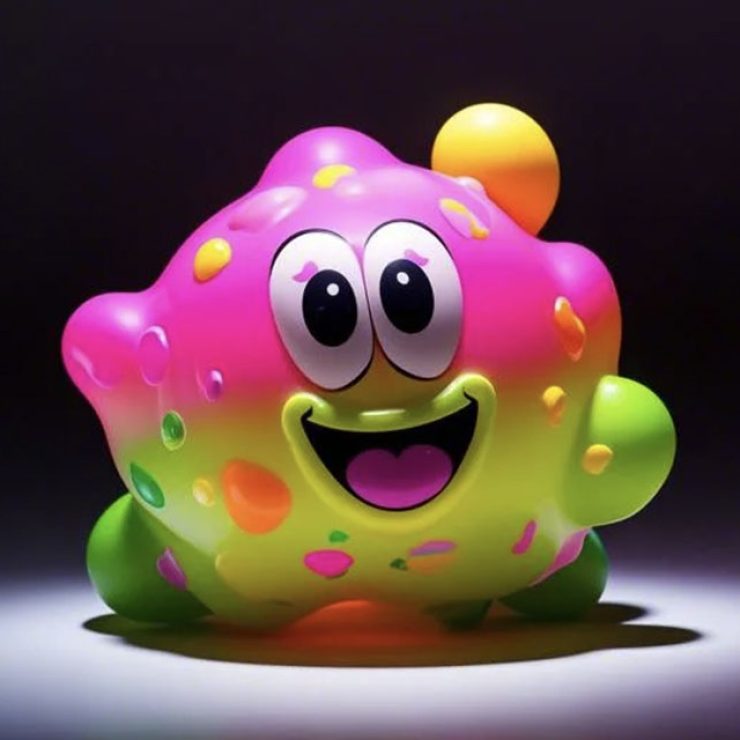
Resin Toys

Materials
Polyurethane Or Epoxy Resin

Modeling
Zbrush, Blender, Or Maya

Painting
Acrylic Paints, Airbrushing, Or Hand-Painting

ECO
Eco-Friendly Resins And Packaging Materials
1. Concept and Design
Sketching: Create initial sketches of the toy design, including details like shape, size, and features.
Digital Modeling: Use 3D modeling software (e.g., ZBrush, Blender, or Maya) to create a digital prototype.
Design Refinement: Adjust the design for functionality, aesthetics, and ease of production.
2. Mold Making
Master Model Creation: 3D print or sculpt a master model of the toy using materials like clay, resin, or wax.
Mold Material Selection: Choose mold-making materials (e.g., silicone, urethane rubber) based on the complexity of the design and the number of casts needed.
Mold Creation: Pour the mold material over the master model and let it cure. For complex designs, multi-part molds may be required.
3. Resin Casting
Resin Preparation: Mix resin (e.g., polyurethane or epoxy resin) with hardener according to the manufacturer’s instructions.
Pouring: Pour the mixed resin into the mold. Use a vacuum chamber or pressure pot to remove air bubbles for a smooth finish.
Curing: Allow the resin to cure completely. Curing time depends on the type of resin and environmental conditions.
4. Demolding and Cleaning
Demolding: Carefully remove the cured resin toy from the mold.
Trimming: Use tools like hobby knives or sandpaper to remove excess resin (flash) and smooth rough edges.
Cleaning: Wash the toy to remove any mold release agents or debris.
5. Painting and Detailing
Priming: Apply a primer to the resin toy to ensure better paint adhesion.
Painting: Use acrylic paints, airbrushing, or hand-painting techniques to add color and details.
Sealing: Apply a clear coat or varnish to protect the paint and give the toy a finished look.
6. Quality Control
Inspection: Check for defects such as bubbles, cracks, or uneven paint.
Durability Testing: Ensure the toy is sturdy and safe for handling.
Safety Compliance: Verify that the toy meets safety standards (e.g., non-toxic materials, no sharp edges).
7. Packaging
Protective Wrapping: Wrap the toy in protective materials (e.g., bubble wrap, foam) to prevent damage during shipping.
Branding: Add labels, tags, or packaging inserts with branding and product information.
Retail-Ready Packaging: Design attractive packaging for retail display.
8. Distribution
Shipping: Prepare bulk orders for shipment to retailers or customers.
Retail Display: Ensure the toys are ready for store shelves or online listings.





